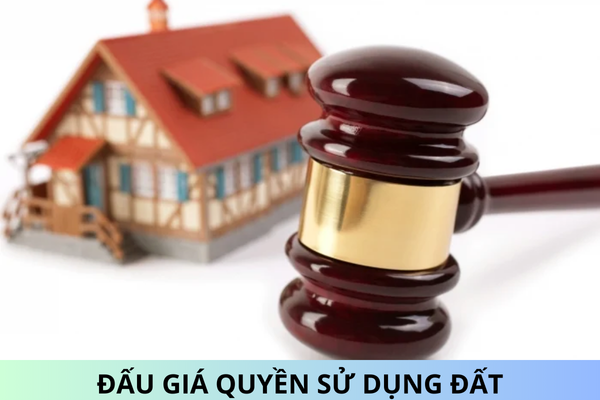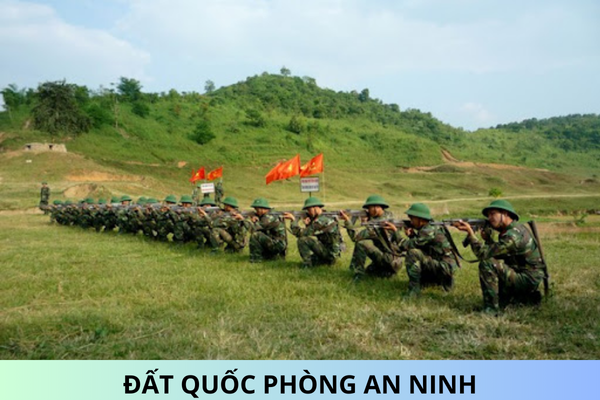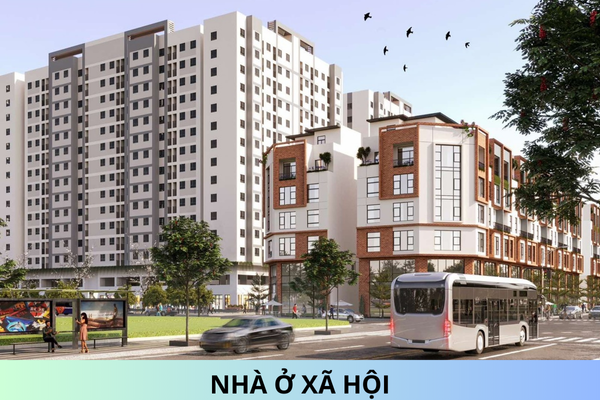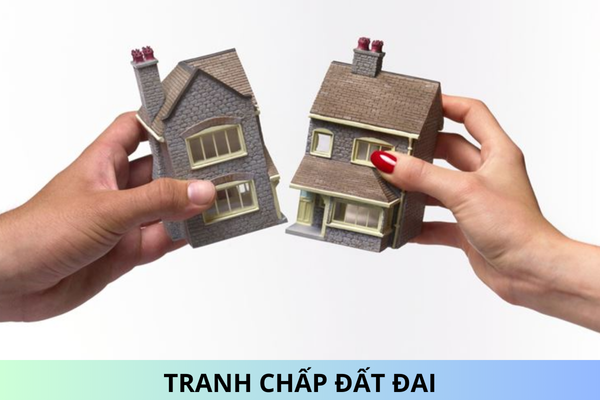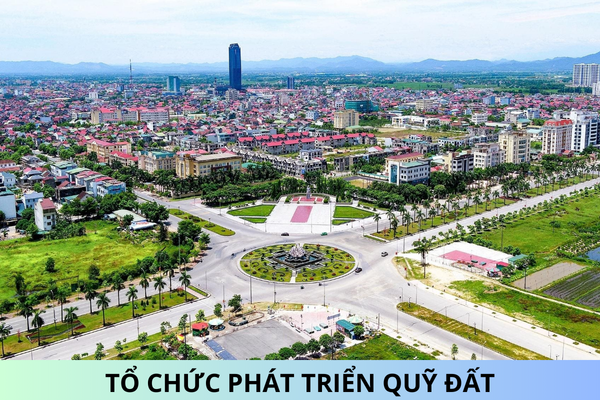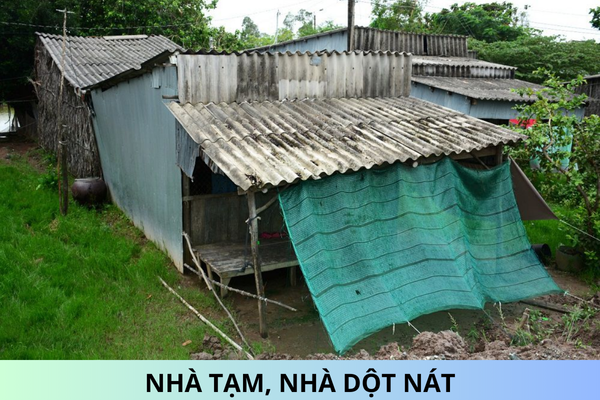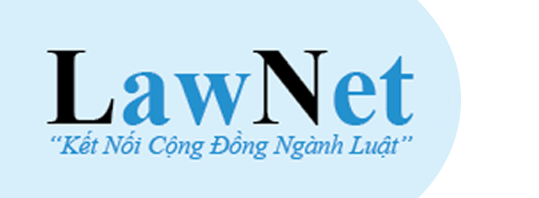Conditions for Conversion of Agricultural Land Use Rights from 2025
What are the conditions for transferring agricultural land use rights from 2025?
According to Article 47 of the Land Law 2024 (effective from January 1, 2025), the conditions for transferring agricultural land use rights are as follows:
Individuals using agricultural land due to state allocation, conversion, transfer, inheritance, lawful gift of land use rights from others are allowed to transfer agricultural land use rights.
The transfer of agricultural land use rights is only allowed within the same provincial administrative unit to another individual and does not require the payment of income tax from the transfer of land use rights or registration fees.
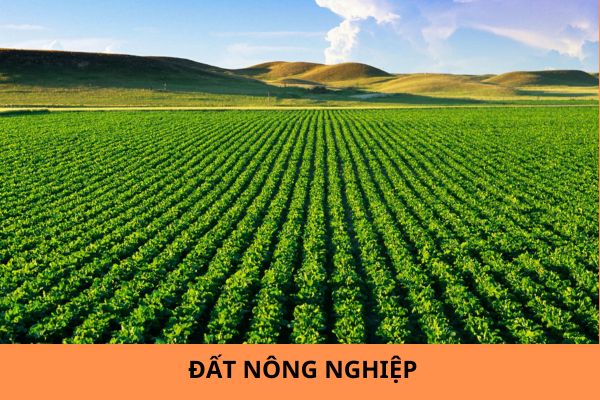
Conditions for transferring agricultural land use rights from 2025 (Image from the Internet)
What types of land are included in agricultural land?
Based on Clause 2, Article 9 of the Land Law 2024 (effective from January 1, 2025), agricultural land includes the following types of land:
- Annual crop land, including rice cultivation land and land for other annual crops.
- Perennial crop land.
- Forestry land, including special-use forest land, protection forest land, and production forest land.
- Aquaculture land.
- Concentrated livestock land.
- Salt production land.
- Other agricultural land.
What is the limit on the allocation of agricultural land to individuals?
According to Article 176 of the Land Law 2024 (effective from January 1, 2025), the limit on the allocation of agricultural land to individuals is determined as follows:
(1) For annual crop land, aquaculture land, and salt production land for individuals directly engaged in agricultural production:
- No more than 3 hectares for each type of land in provinces and centrally-run cities in the Southeast region and the Mekong River Delta.
- No more than 2 hectares for each type of land in other provinces and centrally-run cities.
(2) For perennial crop land for individuals:
- No more than 10 hectares for communes, wards, commune-level towns in the plains.
- No more than 30 hectares for communes, wards, commune-level towns in midland and mountainous areas.
(3) For land allocated to individuals, no more than 30 hectares for each type of land:
- Protection forest land.
- Production forest land being planted forests.
Fourth: Individuals are allocated multiple types of land among annual crop land, aquaculture land, and salt production land, the total limit is no more than 5 hectares.
- In cases where additional perennial crop land is allocated, the limit is no more than 5 hectares for communes, wards, commune-level towns in the plains and no more than 25 hectares for communes, wards, commune-level towns in midland and mountainous areas.
- In cases where additional production forest land being planted forests is allocated, the limit is no more than 25 hectares.
Fifth: The limit on the allocation of unused land to individuals for use according to the planning for agricultural, forestry, aquaculture production, and salt production does not exceed the limits stipulated in Clauses 1, 2, and 3 of the Land Law 2024 and does not count towards the agricultural land allocation limit for individuals stipulated in Clauses 1, 2, and 3 Article 176 of the Land Law 2024.
The provincial People's Committee shall stipulate the limit on the allocation of unused land to individuals for use according to the approved land use planning and plan.
Through which 03 methods are agricultural land concentration implemented?
According to Article 192 of the Land Law 2024, the concentration of agricultural land is regulated as follows:
Concentration of agricultural land
1. Concentration of agricultural land is the increase of agricultural land area for production organization through the following methods:
a) Conversion of agricultural land use rights according to the consolidation and exchange plan;
b) Lease of land use rights;
c) Production and business cooperation using land use rights.
- The concentration of agricultural land must ensure the following principles:
a) Ensure transparency, voluntariness, democracy, and fairness;
b) Ensure the lawful rights and interests of the State, land users, and related organizations and individuals; not affecting national defense and security;
c) Comply with the provisions of land law, civil law, and other relevant laws; in accordance with the approved land use planning and plan;
......
Thus, the concentration of agricultural land is implemented through 03 methods:
- Conversion of agricultural land use rights according to the consolidation and exchange plan.
- Lease of land use rights.
- Production and business cooperation using land use rights.
Respectfully!


